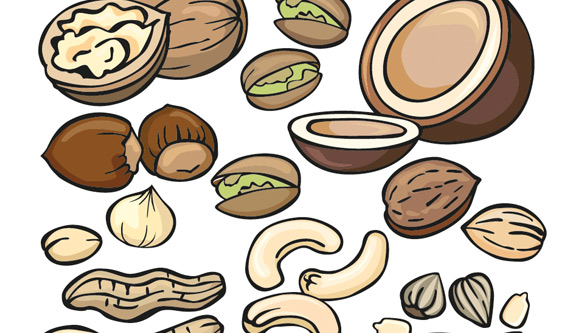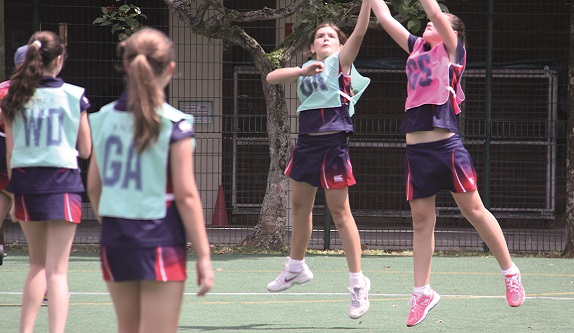
Steven Baxter writes about living in Singapore with a child with a nut allergy.
My family had made the compulsory trip to Raffles Hotel’s Long Bar with the latest round of visitors for the obligatory Singapore Sling.
As anyone who has been there knows, the place is scattered with peanuts and peanut shells. Most wouldn’t bat an eyelid at the innocuous legumes strewn everywhere, but for my seven-year-old daughter Alexandra, a place like this is a potential killer.
She has a severe allergy to peanuts, which means any contact with them can cause her throat to close up and she can’t breathe.
So to remove the danger, I quickly moved the peanuts away from our table and sat down for a drink. But as we waited for our order, I noticed Alexandra getting droopier and droopier, rubbing her eyes, sniffling, itching her skin as it got blotchier and blotchier. It suddenly dawned on me that the cushions on the chairs must have been infested with peanut dust.
We left our guests to their Singapore Slings and escaped to the freshness of the outside terrace. A quick wash in the bathroom, a smothering for everyone with hand sanitiser and a quick trip to the chemist in Raffles City for some medicine and we were okay.
It was big kick up the bum for us, and a reminder that in Singapore we need to do more than stay away from Satay Street.
Our family moved to Singapore four years ago, and living in the Lion City carries some unique challenges for the allergy sufferers among us.
As well all know, many things in Singapore are expensive – and those with allergies can add EpiPens to the list. An EpiPen (also known as an epinephrine autoinjector) is a medical device used to deliver a measured dose of adrenaline to treat acute allergic reactions.
In Australia, EpiPens cost roughly $35 each. Here they cost upwards of $100 each. On the plus side, the Australian government restricts the number of EpiPens you can have at any one time to two, here, Alexandra’s school has two EpiPens on site at all time, plus of course we need one too.
Choosing a school, too, was a challenge.
When choosing a school for Alexandra here in Singapore (her first school), their allergy plan was a big influence. Two of the schools we visited were quite impressive, until we heard “no, we don’t have any kids with allergies so we don’t have a policy. But if your daughter comes here we will get everyone trained and implement one”.
Ah, no thanks. The culture of a “nut free school” makes all the difference – and so we joined the Australian International School.
Another uniquely Singaporean challenge is having a helper who understands the risks. I drilled into our helper that we don’t have any nuts in our house, and she couldn’t either – and she was great. Until one day at the playground, another helper from our condo gave Alexandra some biscuits. I happened to wander down to the playground as Alexandra was still eating the biscuit. Straight away I jumped on my helper – “where did that come from?” “Did you check the packet?” “Does it have nuts?” “Do you know what happens if Lexi eats nuts? Her throat closes up and she can’t breathe”. Fortunately it didn’t have any nuts – but my helper was always much more careful after seeing my usually mild mannered wife’s reaction.
Finally, living in Singapore gives us all the wonderful opportunity to travel, and the great experiences travel brings. But, for us, this also brings new challenges to manage Alexandra’s allergy. Malaysia and Thailand have been the trickiest so far: In Thailand, we (perhaps naively) attempted to get Pad Thai with no peanuts. No problem, there were no peanuts on top. But when we tried the taste test, the sauce was still laced with peanuts. It can be tough to manage a nut allergy, but with a little care, life can continue as normal.
This article was originally published in July 2013.










